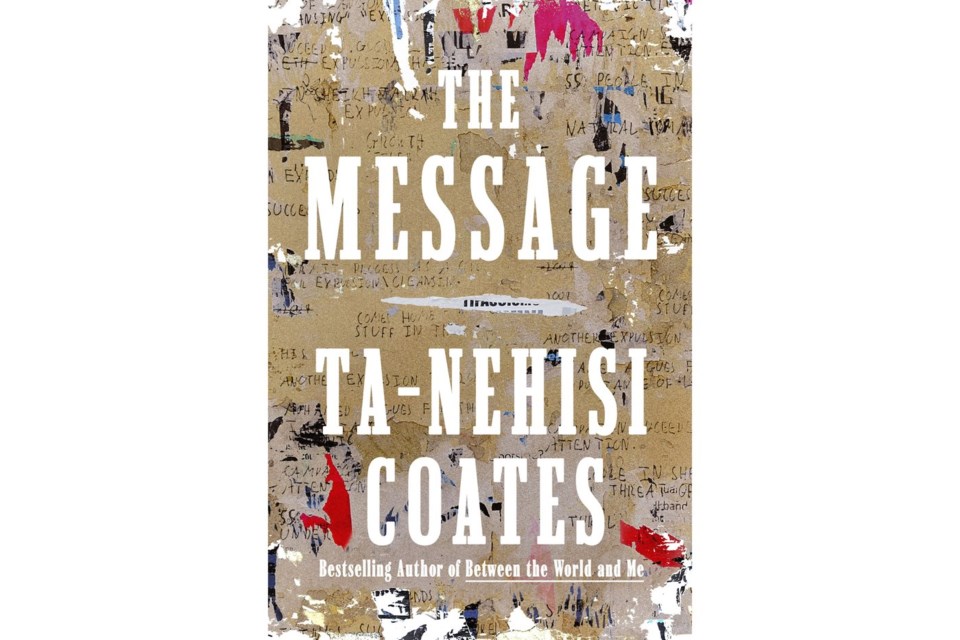always writes with a purpose, so naming his latest collection is nothing if not on-brand. But whatās the actual message? Consisting of three pieces of non-fiction, the book is part memoir, part travelogue, and part writing primer. It covers his recent trips to Dakar, Senegal; Columbia, South Carolina; and various cities and towns in the Middle East.
He writes in the introduction that the essays fulfill a promise to a Howard University writing class he taught in 2022: āI bring my belated assignmentā¦ Iāve addressed these notes directly to you, though I confess that I am thinking of young writers everywhere whose task is nothing less than doing their part to save the world.ā
Coates features snippets of his biography in each essay, but always returns to lessons for writers, as in this reflection during his first ever visit to Africa: āThere are dimensions in your words ā rhythm, content, shape, feeling... The accretion of imperfect, discomfiting life must be seen and felt so that the space in your mind, gray, automatic, and square, fills with angle, color, and curve.ā These pilgrimages, for him, help ground his powerful writing about race. As he reflects on his visit to GorĆ©e Island, the place from which tens of millions of Africans departed into a lifetime of slavery, he confesses to āwelling up, grieving for something, in the grips of some feeling I am still, even as I write this, struggling to name.ā
The second essay examines racism closer to home, as Coates journeys to a South Carolina town where the school board was considering banning his 2015 book because, in part, students in an Advanced Placement English class felt āashamed to be Caucasianā when they read it. Supporters of the teacher manage to show up in enough force to defeat the ban, but Coates sees in it the power of story. A middle-aged white teacher in Chapin, South Carolina, read his book ā a letter to his teenage-son about the realities of being Black in the United States ā and decided to use it as an example of how to write a persuasive essay. āWe have lived under a class of people who ruled American culture with a flaming cross for so long that we regularly cease to notice the import of being ruled at all,ā writes Coates.
The final, and longest, essay encompasses a 10-day trip Coates takes to the Middle East. Like his journey to Senegal, itās his first time in the region, and the experience really opens his eyes. āOf all the worlds I have ever explored, I donāt think any shone so bright, so intense, so immediately as Palestine.ā Thatās because everywhere he looks he sees familiar signs of subjugation. The parallels between being Black in America and Palestinian in the Middle East are myriad. āThe state had one message to the Palestinians within its borders...āYouād really be better off somewhere else,āā writes Coates. But while itās a message Coates clearly conveys in his essay, he realizes itās not his story to tell. āIf Palestinians are to be truly seen it will be through stories woven by their own hands ā not by their plunderers, not even by their comrades.ā
___
AP book reviews:
Rob Merrill, The Associated Press


